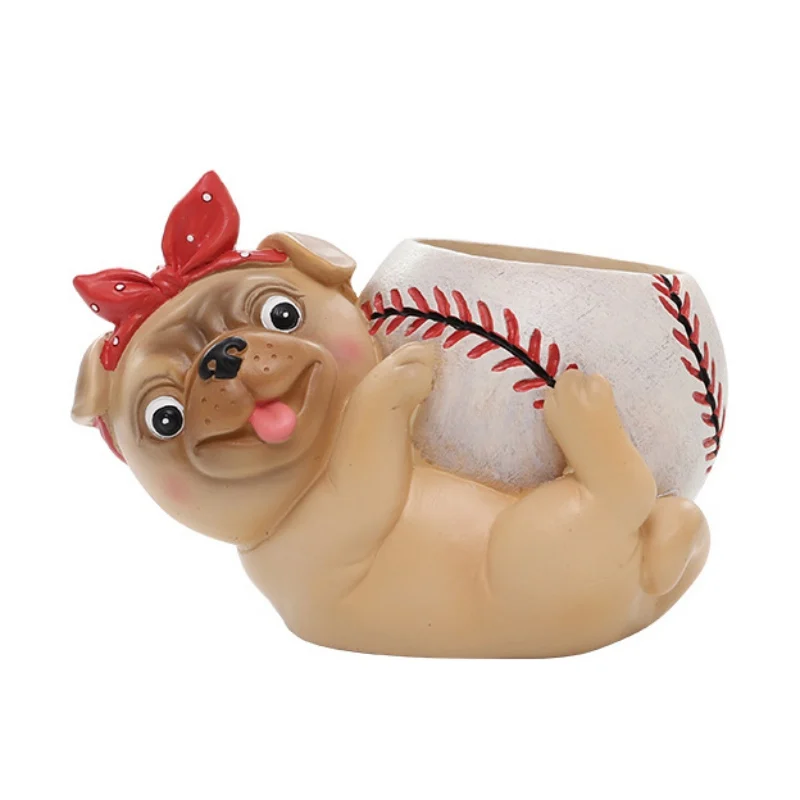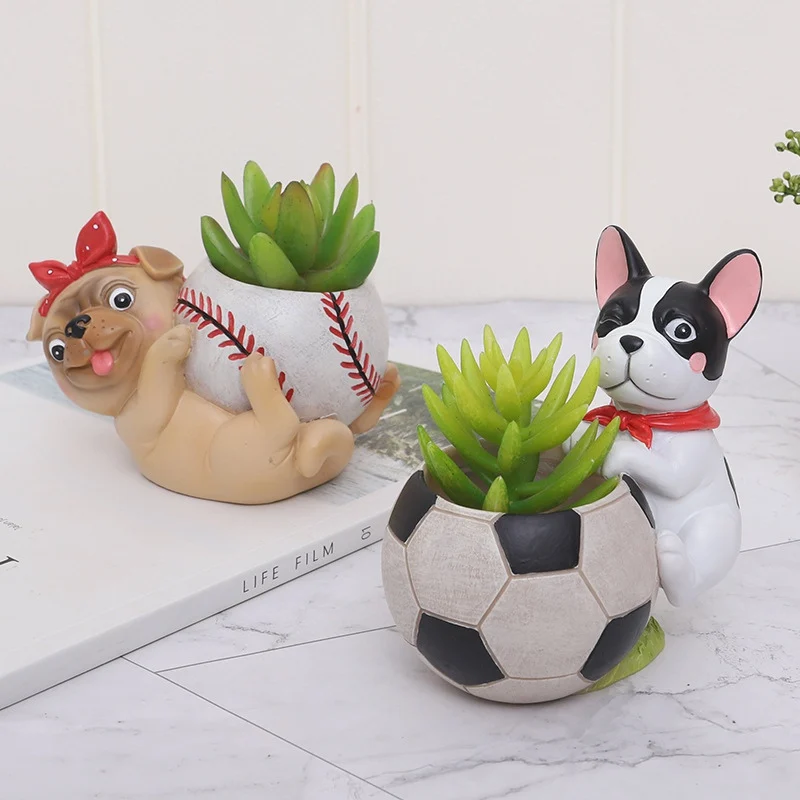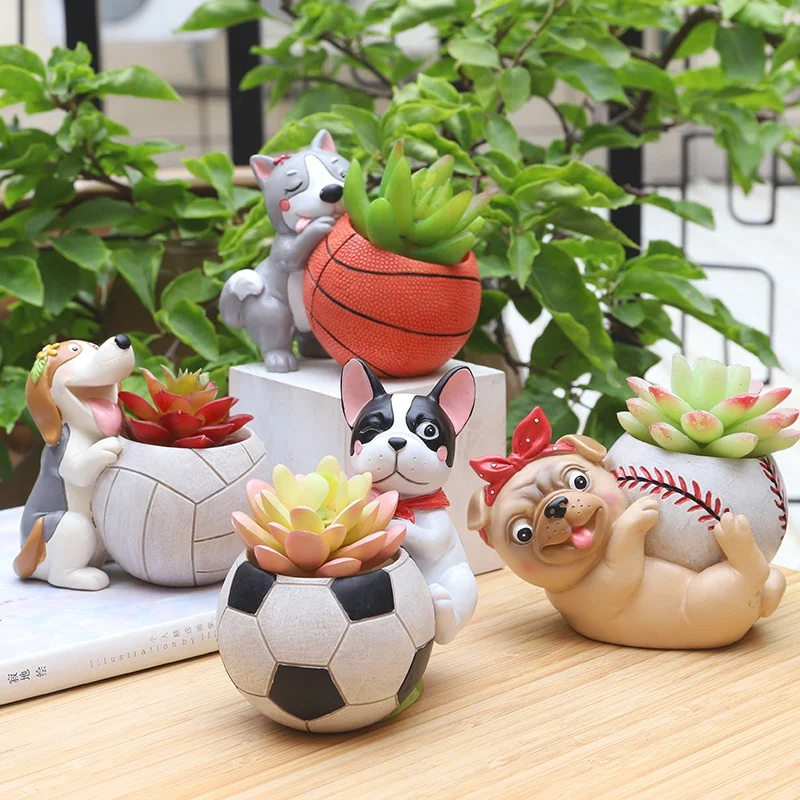Common Reasons Why Ants Infest Flower Pots
Discovering ants in your flower pots can be frustrating. These tiny intruders search for food, water, and a safe habitat. Below, let’s explore some key reasons why ants are attracted to your floral havens.
The Lure of Honeydew-Producing Insects
One primary reason ants invade flower pots is their attraction to honeydew. Honeydew is a sugary substance excreted by certain pests like aphids, mealybugs, and whiteflies as they feed on your plants. This sticky residue is a gourmet treat for ants, enticing them to not only feast but also protect these honeydew-producing insects from natural predators, ensuring their sweet food supply remains abundant.
Attracted to Moisture and Shelter
In addition to seeking out honeydew, ants are drawn to the moist and sheltered environment that potted plants provide. Overwatering or poor drainage creates ideal conditions for ants, offering them the moisture they need to thrive. The dense foliage and occasional debris, like fallen leaves, give ants shelter and hiding spots, making your flower pots an appealing nesting area.

Identifying the Ant Infestation in Potting Soil
To address an ant problem, you first need to confirm their presence. Here’s how to spot them.
Signs of Ants in Your Flower Pots
Look for these clues to spot an ant infestation:
- Trails of ants leading to or from your pots.
- Small mounds of soil indicating ant nests within the pot.
- Plant distress signals, like wilting, which can result from ant activity.
Check under pots and in drainage trays, as ants often hide in these spaces.
The Role of Aphids and Other Insects
Ants bond with aphids, mealybugs, whiteflies, and soft scales for a reason. These insects secrete honeydew, a substance ants crave. This mutualism is a key factor in infestations. If you control these pests, you disrupt the ants’ food source, weakening their presence. Look for sticky residues or clusters of these insects on plants to identify them.
Initial Steps to Address Ant Infestations
Once you spot ants in your flower pots, quick action can prevent further issues. Follow these initial steps to manage the infestation effectively.
Taking Your Potted Plants Outside
Immediately move your infested indoor pots outside. This prevents ants from settling in your home. The outdoor environment also discourages ants from returning, as natural predators are more prevalent.
Cleaning Up Plant Debris and Sugary Substances
Ensure your flower pots are clean and free from fallen leaves and debris. These provide hiding spaces for ants. Avoid using sugary substances like honey for plant care, as these attract more ants. Regular maintenance helps keep the pots clean and less inviting to ants.
Dealing with Honeydew-Producing Insects
Understanding the Relationship Between Ants and Honeydew
Ants in my flower pots often seek out honeydew, a sugary secretion from insects like aphids. This sticky fluid provides them with a rich food source. In turn, ants guard these insects from predators. This mutualism ensures ants a constant supply of honeydew. Thus, stopping the insects that make honeydew can reduce ant invasions.
Using Insecticidal Soap for Pest Control
To break this cycle, insecticidal soap proves effective against honeydew-producers. When applying, focus on areas where pests feed and reproduce, such as the undersides of leaves. Make sure to spray thoroughly for best results. Repeat treatments may be needed for persistent infestations. By eradicating these pests, you also discourage ants. This helps clear your flower pots of unwanted guests over time.

How to Get Rid of Ants in Pots: A Step-by-Step Guide
Dealing with ants in my flower pots can be a battle, but follow this guide to quell the invasion.
Preparing the Insecticidal Soap Solution
Begin by crafting a soapy weapon. Mix one or two tablespoons of insecticidal soap into a quart of water. Stir this solution well to ensure the soap dissolves completely.
Soaking the Plant to Eliminate Ants
Now, for the main event. Find a bucket large enough for your flower pot. Pour the soap solution into the bucket, just enough to cover the pot’s soil surface. Place your flower pot in the bucket. Make sure the soapy water touches all the soil. Let the plant bathe for 20 minutes. After the soak, the ants should flee, leaving your plants in peace.
Preventative Measures to Keep Ants Away
After getting rid of ants in my flower pots, it’s crucial to keep them from coming back. Here’s how you can prevent future invasions.
Proper Plant Care and Maintenance
A key to ant prevention is proper plant care. Check the following:
- Watering: Only water as needed. Too much water attracts ants. Keep the potting soil moist but not soggy.
- Drainage: Ensure your pots have good drainage to avoid standing water.
- Cleanliness: Remove dead leaves and debris. These can shelter ants.
- Inspection: Regularly check for pests. Early detection stops larger problems.
- Pot Sealing: Seal any cracks in your pots. Ants can use these to enter.
Keeping plants healthy and environments clean greatly reduces ant attraction.

Alternative Natural Remedies for Ant Control
If you prefer natural methods, try these:
- Cinnamon: Sprinkle cinnamon around your pots. Ants dislike its scent.
- Peppermint Oil: A few drops around the pot can deter ants. It’s a natural repellent.
- Diatomaceous Earth: This powder kills ants. Apply around the pot’s base.
- Vinegar Solution: Mix vinegar and water. Spray lightly on the pot’s surface.
These tools offer natural, safe ways to keep ants at bay.
